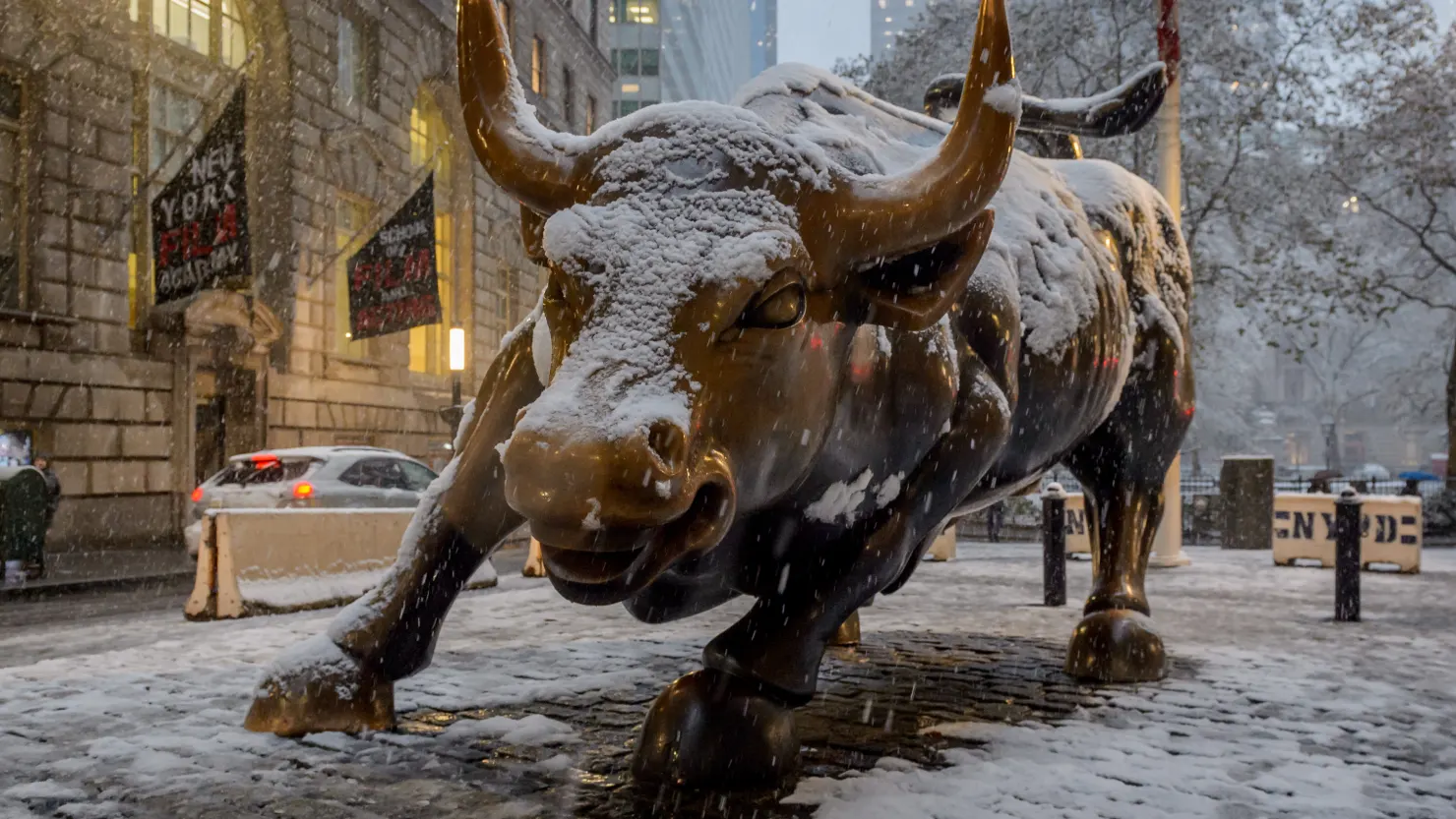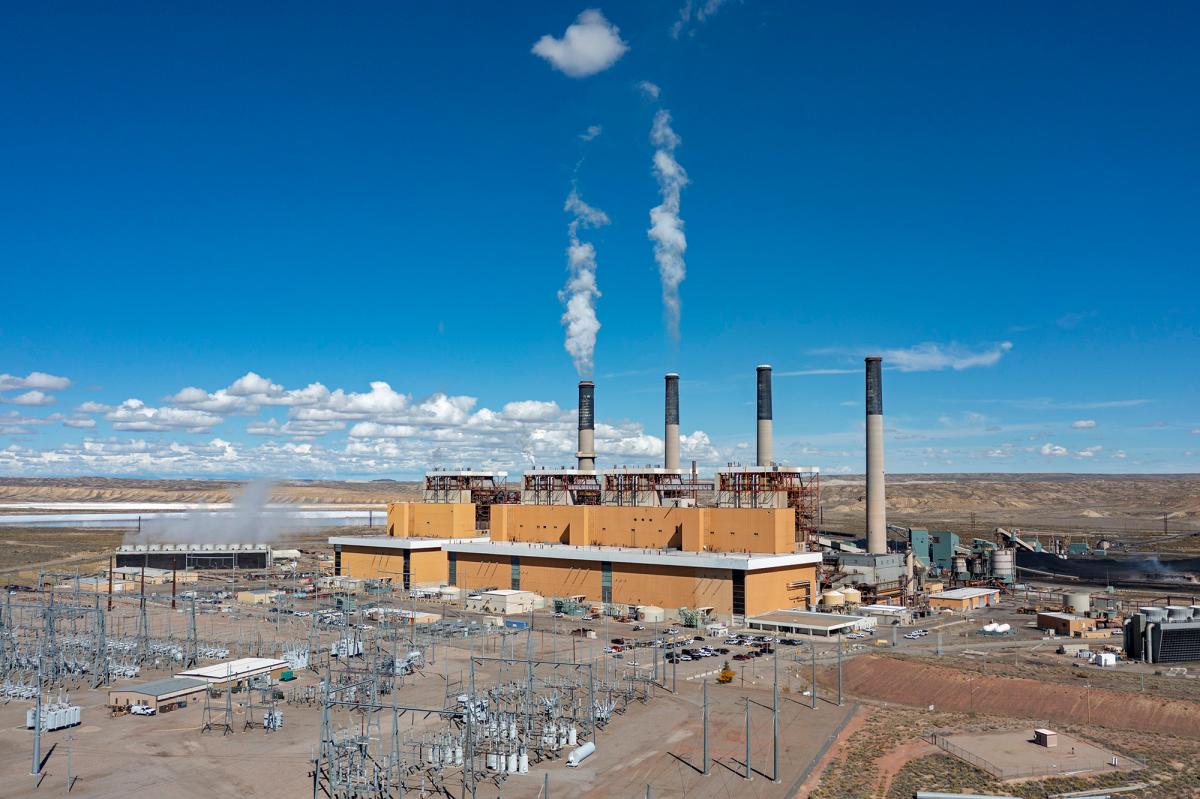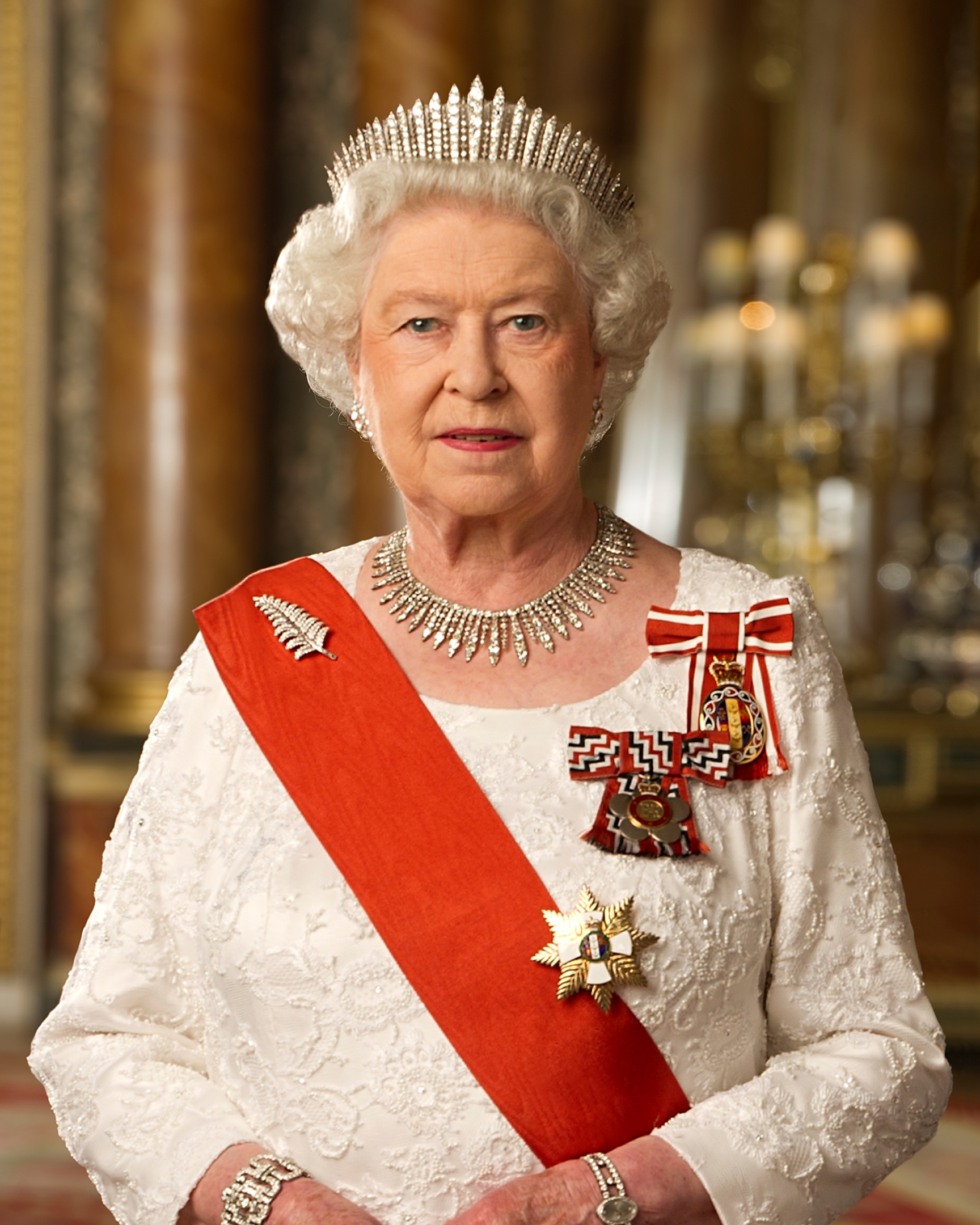US Could Soon Slap a 39% Tariff on Swiss Goods – That Means Price Shock for Watches, Chocolate & More

If no US–Switzerland deal gets done by Thursday, a huge 39% tariff is poised to slam Swiss imports—meaning consumers may soon pay major markups on everything from luxury watches to chocolate, skincare, and Nespresso capsules.
Why the Shockwaves?
- Switzerland faces one of the highest tariff rates in US history—much steeper than the EU’s 15% or the UK’s 10%.
- The US posted a huge $38 billion trade deficit with Switzerland in 2024—thanks in part to Switzerland’s massive gold-refining industry. Gold and silver are exempt from the new tariffs.
- Swiss-made pharmaceuticals and medical devices are currently spared, though they might still fall under separate trade probes.
What You Might Pay More For:
Watches:
The US was Switzerland’s top market for watches in 2024, importing over $5 billion worth. Expect substantial price hikes: experts say a Rolex Submariner priced at $10k may jump nearly $4k. With long waitlists already the norm, many luxury brands may just pass the cost along—to consumers.
Coffee:
Most big-name staples like instant coffee and bottled water are made locally and won’t be hit. But niche products like Nespresso capsules, which are crafted in Switzerland, could see price surges.
Skincare & Beauty:
High-end Swiss skincare—think brands like La Prairie, Valmont, Mavala—may be hit hardest, since many are made entirely in Switzerland. Even premium salon brands and products not exempt as pharmaceuticals are likely to absorb major tariff costs.
Chocolate:
Many small Swiss chocolatiers like Camille Bloch and Läderach make everything in Switzerland—and rely on that “Swiss-made” label. For them, a 39% tariff (plus rising Swiss franc value) could mean prices jumping by more than 50%. Larger companies with US facilities, like Lindt or Barry Callebaut, may fare better—or shift production.
Luxury Goods:
High-end jewelry makers like Cartier and Van Cleef & Arpels could see input cost bumps (about 7%) that translate directly into higher retail pricing.
Swiss leaders have rushed to Washington in a last-minute bid to prevent the tariffs. Swiss President Karin Keller‑Sutter and Economy Minister Guy Parmelin are leading talks aimed at lowering duties before the deadline.
Trump administration officials said the tariffs were triggered by the US’s large trade deficit—and by the lack of reciprocal duties on American goods entering Switzerland. But businesses and analysts warn the move is arbitrary—and could cut into Swiss exports across multiple sectors.
If you’re set to splurge on luxury watches, premium skincare, artisan chocolate, or Swiss-made coffee—go now. When US tariffs hit, imported prices are likely to climb steeply and quickly. And while Swiss negotiators hope to strike a last-minute deal, it’s anything but guaranteed.
With input from the Financial Times, CNBC, and the Associated Press.









The latest news in your social feeds
Subscribe to our social media platforms to stay tuned